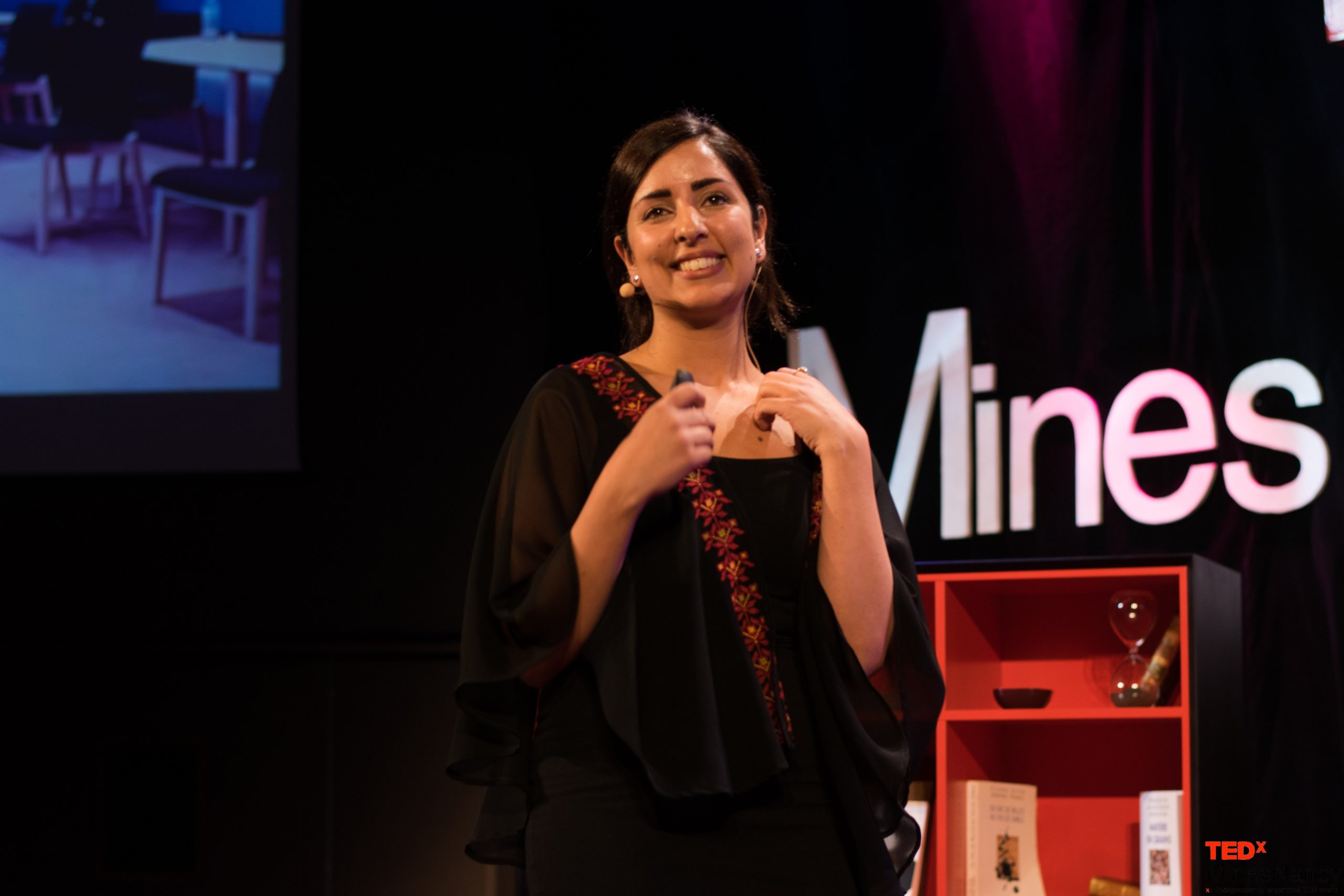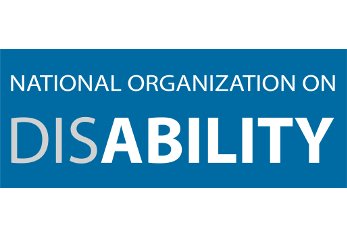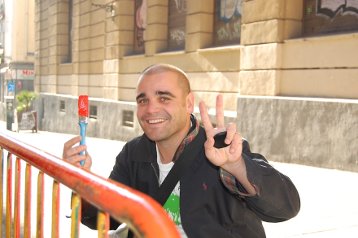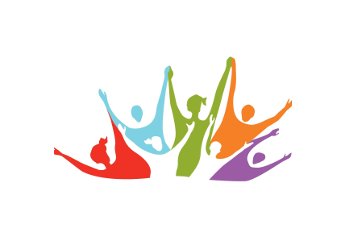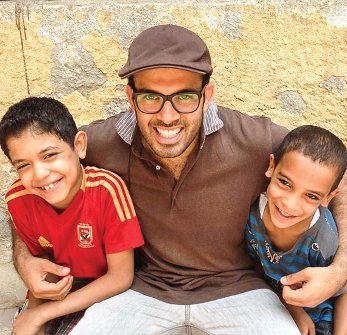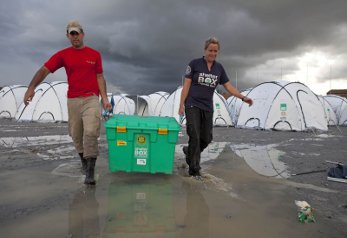Brazil has the second largest prisoner population in the Americas, with over 300,000 imprisoned persons, of which seventy percent are under twenty-nine years old. In the past ten years the number of prisoners in the country has doubled, while the number of prisons and prison employees has remained essentially the same. This already strained system, therefore, faces a growing burden. The violence that permeates prison life puts the jailed population at constant risk. André Abreu Carneiro developed a participatory model for social reintegration of jailed youths in the state of Ceara by organizing social networks made up of inmates and civil society organizations, with participation of families and penitentiary agents. Carneiro, a former penitentiary agent, seeks to effectively reintegrate the imprisoned population by preparing young inmates to have more opportunities in their reintegration to society as well as preparing society to better receive those who leave the penitentiary system. His methodology starts with a local diagnosis of the needs, interests, and assets of the prison population. Following this, outside resources such as citizen sector organizations, community bodies, family members, and volunteers are tapped into in order to meet specific needs. Other participators in the system, such as penitentiary agents, are also involved.
Through NAAVIS (Center of Articulation and Activities for Social Inclusion), a nonprofit civil society organization, Carnero groups inmates, penitentiary agents, families, and civil society organizations into truly social networks. The working model of NAAVIS starts with a diagnosis, performed together with inmates and penitentiary agents in each prison, of the needs and interests of that prison community. Next, according to the collected information, the partner organizations provide services that meet these needs, including training and technical/educational assistance. The inmates become responsible for implementing various social programs from within the prison walls that will ultimately prepare them for work, family, and community life once they leave prison. Through citizen sector organizations, the youths actually receive an interdisciplinary education and access to external resources to help with their reintegration process. This work also reduces violence rates in prisons as well as youth recidivism rates while improving relationships between inmates and penitentiary agents. The NAAVIS model is already being disseminated in other cities of the state of Ceara and in several other Brazilian states.
Segregation Overcrowding Ideas for change


